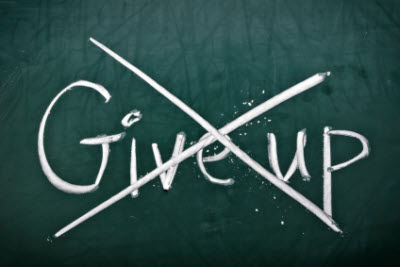--
The trust process begins when a
child is born, for some, even before they are born. There is an unspoken
trust, a bond that they are safe with their mother/caretaker. Trust builds as
the newborn grows. Ideally, trust is nurtured and it supports the child as s/he
matures.
It is rare that any of us go
through life without experiencing some kind of trauma or incident that
compromises our ability to trust. For the adult survivor of child abuse, trust becomes
something to be rebuilt, but it can be a hard road sometimes.
The impact of betrayal is felt in all aspects of the
survivor's life. For me, rebuilding trust is a daily test. Three areas in my
life where I can see rewards of my work are:
- Trusting people. It took years before I could trust my therapist and even then I challenged it frequently. I learned to base my reactions to her from our relationship and how she showed up in it, not to resort back to experiences that I brought into our discussions. The truth is those past experiences had nothing to do with our relationship. Taking this lesson into my daily life is an ongoing exploration.
- Trusting God. While I was growing up, I remember how it was a given that the family, extended and immediate, were Christians. We went to church, I even taught Sunday school when I was 18 (a little known fact about me). There was little discussion about what it meant to be a Christian in our home. My relationship with God was definitely on automatic. As I grew into my adult years, before my first flashback, I found myself becoming angrier with Him. Really angry. Not until I had many examinations of trust with my therapist, did I realize I didn’t trust God. Now, 15 years later I am confident with my relationship with Him. I trust God. I also see how patient He was, waiting for me to process my (healthy) anger and make the decision for myself.
- Trusting myself. Over time I learned that trust is not about trusting the other person. It comes down to trusting yourself to make the choice that supports you now. I have learned to trust myself even if it means I am making a decision that is going away from the ‘norm’. Maybe I’m wrong in going out on my own, but maybe I am not. Maybe down the road that one decision to trust myself will have a significant, positive impact on my life.
My message to another survivor of
child abuse is that self-trust can be learned. It is a choice and the truth is
that some days the choice may be harder to make than others. Making the
decision to trust is a lesson in self- trust: trusting that you are making the
best decision for yourself with the information you have at the time.
Honoring your feelings the same way
you would honor yourself when you have the flu or a cold is part of the process
in nurturing your self-trust. Feelings are an easy excuse for not accomplishing
a task. One can use feelings to support non-productive choices, just as one can
use physical ailments to avoid responsibilities.
As I practice self-trust, I notice
how it is connected to self love. Self-trust is part of having compassion for
yourself. Trust is a human right. Yes, the abuser(s) stole your right. However,
with practice and beginning to use your trust "muscle", you will learn to
strengthen it.
Thank you Rachel, for the
opportunity to share my insights on compassion, isolation and trust. I will
admit that sometimes it is exhausting to reclaim your life. Along the healing
path, a sense of self-pride starts to grow. You begin to realize how much you
have accomplished, despite your abuser’s attempt to silence you. Talking about
survivors' experiences is the lifeline to those who are suffering alone. So
much is stolen from the adult survivors of child abuse. Rebuilding takes
commitment. It is a choice. A sense of self-pride and joy from your
accomplishments gives you the energy and passion to move onto the next experience.
You will gain confidence in knowing you are capable in reclaiming your life
from child abuse. Don’t forget that it took years for the survival patterns to
become habits and a way of life. Honor those patterns. They got you to this
place in your life. It will take time to restructure your choices. Be gentle
with yourself.
Visit my website for updates on
Conversations That Heal, a blogtalk radio show dedicated to having
conversations that empower us and help us recover from childhood trauma. I invite you to
sign-up for my free e-book, 100 Tools to Happiness and the bi-monthly e-zine
(newsletter), Healing Hearts: A path to loving every part of you.
Susan Jacobi is a survivor of emotional, physical and sexual child abuse, who advocates for all survivors of child abuse. Susan is a coach, author, speaker and host of Conversations That Heal, a weekly blogtalk radio show. You can learn more about Susan and her mission to support adult survivors of child abuse at http://conversationsthatheal.com.
Join her facebook page, Healing Hearts from Child Abuse for daily encouragement on your healing journey. Her book, How to Love Yourself: The Hope After Child Abuse, is available on amazon.
To contact Susan you can reach her at susan@healingheartsfromchildabuse.com.




